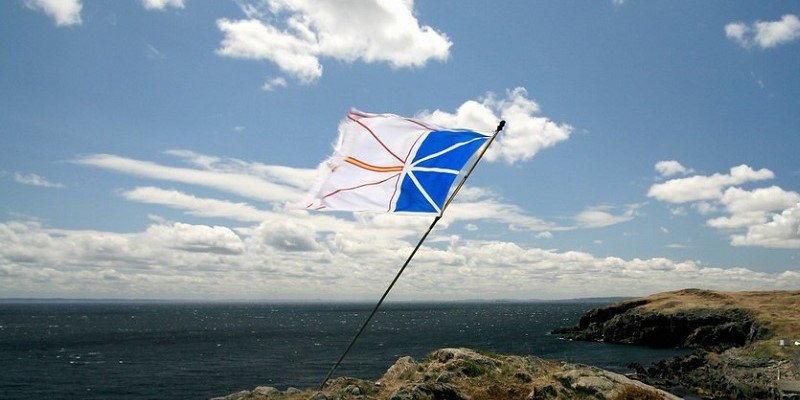Spending reductions key to fiscal sustainability in Newfoundland and Labrador

As the Furey government prepares for a crucial 2022/23 budget, it faces a landscape that’s changed significantly from last year, given the rising price of oil. This development will boost the province’s revenues, but based on past experience, the government should not seek to balance the budget based solely on royalties. Rather spending reductions is the only way to put Newfoundland and Labrador on a sustainable fiscal path.
Last fall, Finance Minster Siobhan Coady reported the provincial deficit, which has been among the largest in Canada, stood at $595 million for 2021/22, down from a peak of $1.5 billion the prior year. But the province still faces the most challenging fiscal situation in Canada, with ongoing deficits and the largest debt of any province (as a share of the economy). The reduced deficit is due in part to the rebound in oil and gas prices, which bring the province revenue through royalties and income taxes.
While the oil and gas sector remains a crucial part of the provincial economy, its revenues are not a sustainable method to balance the budget. Oil and gas revenues are volatile, fluctuating significantly from year to year, making it difficult to align revenues and spending. Further, it’s not sustainable to fund ongoing operating expenses with onetime revenues from oil and gas. Indeed, relying on oil and gas revenues to fund operating expenses is a key reason for the boom-and-bust nature of provincial finances.
The Furey government cannot control oil and gas revenues, but it can control provincial spending. Despite having the most difficult fiscal position in Canada, the province has chosen to increase program spending in nine of the last 10 years, from $13,149 per person to $15,953 per person (adjusted for inflation). In its upcoming budget, the government should change course and reduce provincial program spending to create a more sustainable future.
The Canadian evidence on successful fiscal turnarounds is clear. Take for example the province of Saskatchewan. In the early 1990s, that province faced a deficit equivalent to more than five per cent of the economy, with debt rising at an unsustainable pace not unlike Newfoundland and Labrador’s present situation. Saskatchewan’s NDP government of the day tackled spending, reducing per-person spending in four consecutive years.
The result? The province went from a deficit of more than $1.5 billion to a string of surpluses, which not only balanced the budget but allowed the province to reduce its debt load and later reduce taxes. With Newfoundland and Labrador currently facing a deficit of almost $600 million, an uncertain situation for 2022 and beyond, and net debt (which has more than doubled in the last 10 years), these lessons are worth heeding.
Minister Coady recently said this budget will set the direction for a “strong, smart, self-sufficient and sustainable province.” While the fiscal and economic challenges before Newfoundland and Labrador are daunting, self-sufficiency and sustainability are indeed possible. To achieve that worthy goal, the province must reduce spending and balance the budget.
Authors:
Subscribe to the Fraser Institute
Get the latest news from the Fraser Institute on the latest research studies, news and events.


